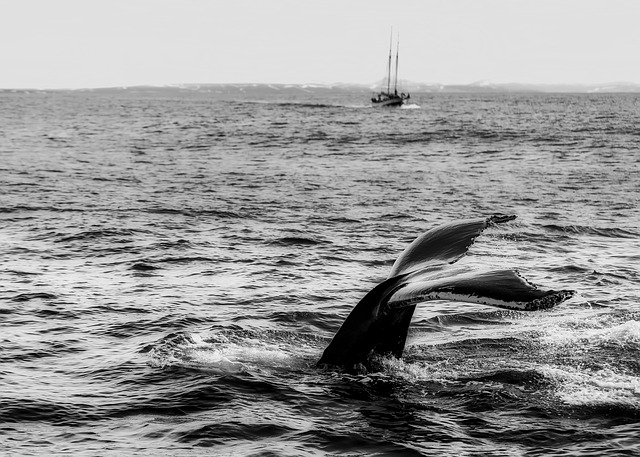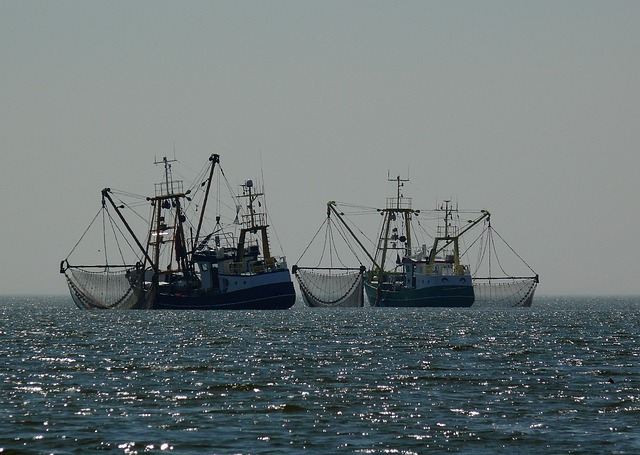History of Whaling in New Zealand
New Zealand is home to a variety of whale species, including humpbacks, southern rights, and orcas. While these gentle giants are a major draw for visitors looking to catch a glimpse of these majestic creatures, it’s important to understand the history of whaling in New Zealand and the current conservation efforts in place to protect these animals.

History
Setting Sail: Whaling Begins (1791-1860)
In the late 1700s, New Zealand became a hotspot for adventurous whalers and sealers, marking the birth of its first major European-style industry. These intrepid sailors dropped anchor along the east coast, eagerly awaiting the majestic southern right whales to swim into view.
Big Business: Whaling Stations Pop Up (1820s-1860s)
By the mid-1800s, whaling took on a whole new level of seriousness with the establishment of bustling whaling stations along the shorelines. These stations became buzzing hubs of activity, where captured whales were brought in for processing.
Imagine the scene in 1840, when a whopping 740 whaling ships docked at Russell, New Zealand’s main port, a testament to the booming industry at its peak.
Whales in Danger: Overhunting Takes its Toll (19th Century)
However, amid the excitement and profits, a darker reality emerged. The relentless pursuit of whales led to a rapid decline in their populations, especially the once-plentiful southern right whales. By 1860, the situation had become dire, with these magnificent creatures nearing the brink of extinction in New Zealand’s waters.
Even today, with over 80 years of protection, their numbers remain worryingly low, with only around 1000 individuals left.
Whales and Cultures Mix: How Whaling Shaped Relationships (19th Century)
Interestingly, the era of whaling also served as a catalyst for cultural exchange between Maori and European settlers. Some Maori individuals even joined European whaling crews, fostering a unique bond between the two communities. This growing connection played a significant role in the signing of the Treaty of Waitangi in 1840, which holds immense historical importance in New Zealand.
New Tools, New Techniques: Whaling Gets a Tech Upgrade (Early 20th Century)
As technology advanced, so did whaling techniques. The introduction of steam-powered boats in the early 20th century revolutionized the industry, making it easier to chase and capture whales. Places like Tory Channel witnessed a surge in activity, with sophisticated operations processing hundreds of humpback whales each year.
The below table presents data on reported and unreported catches of various whale species during the 20th century in the Southern Hemisphere.
The total catch includes both reported and unreported Soviet catches. These figures provide insight into the extent of whaling activities and their impact on whale populations during this period.
| Species | Reported Catches | Unreported Soviet Catches | Total Catch |
|---|---|---|---|
| Blue whale | 351,645 | 8,999 | 360,644 |
| Fin whale | 735,087 | -9,971 | 725,116 |
| Sei whale | 179,923 | 23,615 | 203,538 |
| Bryde’s whale | 6,310 | 1,447 | 7,757 |
| Minke whale | 117,469 | -901 | 116,568 |
| Humpback whale | 162,528 | 45,831 | 208,359 |
| Sperm whale | 380,013 | 21,657 | 401,670 |
| Right whale | 988 | 3,350 | 4,338 |
| Unspecified | 11,631 | – | 11,631 |
| Total | 1,945,594 | 94,027 | 2,039,621 |
Rules and Regulations: Trying to Save the Whales (Mid-20th Century)
In 1949, recognizing the urgent need for conservation efforts, New Zealand joined an international coalition aimed at regulating whaling to protect dwindling whale populations. However, by 1964, the writing was on the wall for the whaling industry in New Zealand. With whale numbers plummeting, commercial whaling became unsustainable, leading to the closure of the Tory Channel station.
Consequently, in 1968, New Zealand bid farewell to the International Whaling Commission and ceased its participation in commercial whaling, marking the end of an era shaped by the complex relationship between humans and whales.
Current Conservation Efforts
Today, the New Zealand government is committed to protecting the country’s whale populations. The Department of Conservation (DOC) works to monitor and research the populations of the various whale species found in New Zealand waters.
They also work with other organizations, such as the International Whaling Commission, to advocate for the protection of whales on a global scale. In addition, the DOC also enforces laws and regulations aimed at protecting whales, such as the Marine Mammals Protection Act 1978 which prohibits the hunting, killing, or injuring of marine mammals, including whales.
Threats to Whale Populations

Despite the conservation efforts in place, there are still threats to whale populations in New Zealand. One of the main threats is the impact of human activities, such as pollution, overfishing, and shipping. These activities can disrupt the whales’ habitat and food sources, making it difficult for them to survive.
Climate change is also having a significant impact on whale populations, with rising ocean temperatures and changing weather patterns affecting their migration patterns and food sources.
How you can help?
There are several ways that individuals can help to protect whale populations in New Zealand. One of the best ways is by supporting organizations that work to protect these animals and their habitats. You can also make a difference by reducing your own environmental impact, such as by reducing your use of single-use plastics and by supporting sustainable fishing practices.
When visiting New Zealand, be sure to book a tour with a reputable company when whale watching in Kaikoura that follows best practice guidelines for whale watching, so as not to disturb the whales.
Conclusion
Whales play an important role in the ecosystem and are a major draw for visitors to New Zealand. However, it’s important to understand the history of whaling in the country and the current conservation efforts in place to protect these animals.
By supporting organizations that work to protect whales and their habitats, reducing our own environmental impact, and taking care when whale watching, we can all play a part in ensuring the survival of these magnificent creatures for generations to come.
